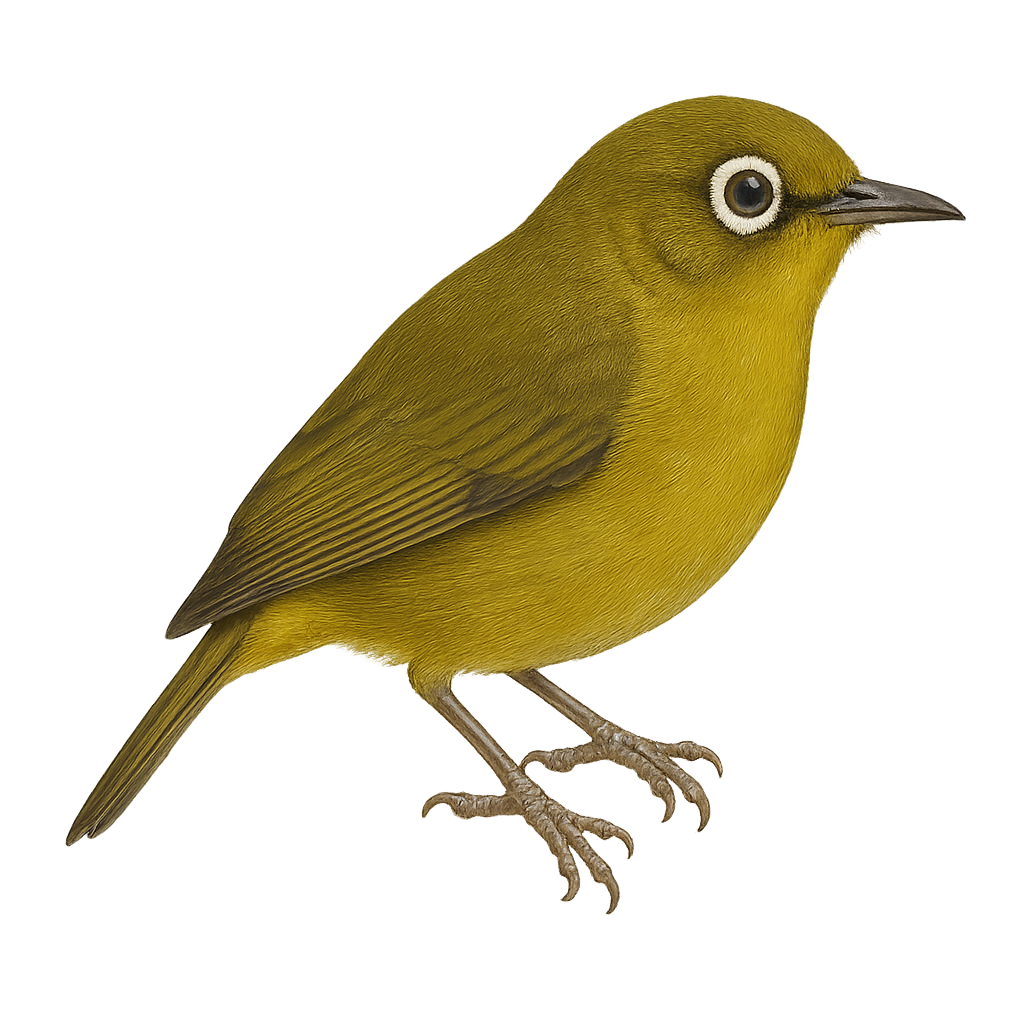Your wildlife photography guide.
Explore the buru white-eye in detail, study its behavior, prepare your shots.
Where to observe and photograph the buru white-eye in the wild
Learn where and when to spot the buru white-eye in the wild, how to identify the species based on distinctive features, and what natural environments it inhabits. The WildlifePhotographer app offers tailored photography tips that reflect the buru white-eye’s behavior, helping you capture better wildlife images. Explore the full species profile for key information including description, habitat, active periods, and approach techniques.
Buru White-eye
Scientific name: Zosterops buruensis

IUCN Status: Least Concern
Family: ZOSTEROPIDAE
Group: Birds
Sensitivity to human approach: Suspicious
Minimum approach distance: 5 m
Courtship display: October to January
Incubation: 11-13 jours
Hatchings: November to February
Habitat:
tropical moist forests, wooded areas, lowlands
Activity period :
Primarily active during the day, with peak activity in the morning and late afternoon.
Identification and description:
The Buru White-eye is a small bird endemic to the island of Buru in Indonesia. It belongs to the Zosteropidae family and is recognizable by its olive-green plumage, white eye-ring, and slender beak. This bird measures about 11 cm in length and weighs between 8 and 12 grams. It primarily inhabits tropical moist forests and wooded lowland areas. The Buru White-eye feeds mainly on insects, fruits, and nectar. It is often observed in small groups, actively moving in search of food. Although its habitat is limited, it is not currently considered threatened.
Recommended lens:
400mm – adjust based on distance, desired framing (portrait or habitat), and approach conditions.
Photography tips:
To photograph the Buru White-eye, it's advisable to use a telephoto lens of at least 400mm to capture detailed images from a distance. As these birds are suspicious, it's important to remain discreet and blend into the environment. Opt for early morning or late afternoon hours when the light is soft and bird activity is at its peak. Use a tripod to stabilize your camera and avoid motion blur. Be patient and wait for the bird to perch on an open branch to get a sharp and well-composed shot.
The WildlifePhotographer App is coming soon!
Be the first to explore the best nature spots, track rutting seasons, log your observations, and observe more wildlife.
Already 1 430 wildlife lovers subscribed worldwide

